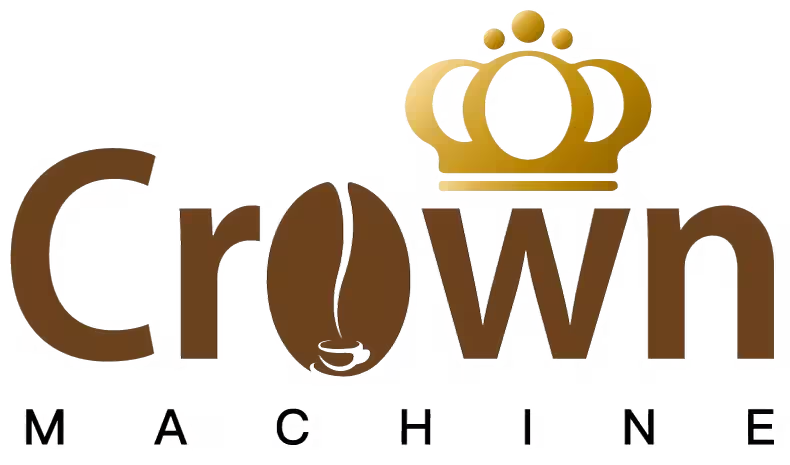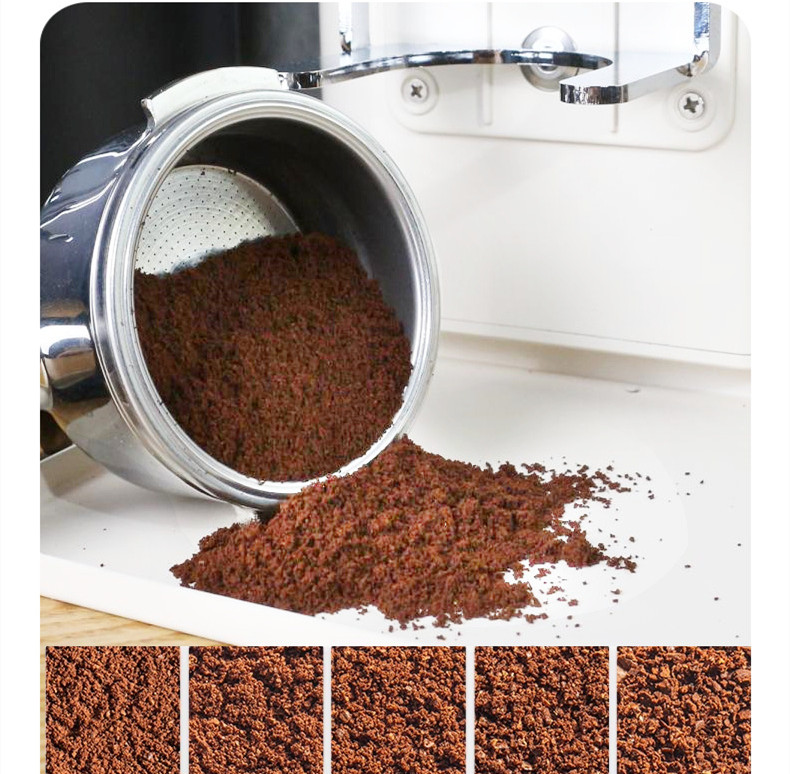The features of the conductive commercial coffee roaster are as follows:
Heating mode: Mainly through heat transfer between objects in direct contact, that is, heat conduction. At the beginning of roasting, conduction plays a significant role in the heat absorption process of green beans.
Roasting uniformity: The old-fashioned conductive commercial coffee roasters were almost 100% heat conduction, using only the heat from the drum to heat the beans. It was difficult to evenly pour the heat into the beans, and it often happened that the surface of the beans was burnt but the inside of the beans did not receive sufficient temperature. Nowadays, commercial conduction roasters often combine other heat transfer methods, such as semi-hot air type. They not only have the heat conduction provided by the drum but also the heat convection of the hot air, which can improve the uniformity of baking.
Roasting effect: If roasted properly, it can better present the flavor and aroma of coffee, and the taste will be more mellow and fragrant. However, the direct fire method (a type of conduction method) is difficult to control the heat, which can lead to uneven roasting. If not well controlled, it can cause scorching, resulting in a burnt and bitter taste. Moreover, during roasting, many debris fly out and remain in the cylinder, easily adhering to the surface of the coffee beans, causing a mixed flavor. In addition, the heat conduction rate of iron is not fast, so it takes more time to complete the baking.
The influence on the flavor of coffee beans: A longer roasting time enables the caramelization reaction to take place fully, resulting in a rich flavor profile. The taste can also be precisely controlled by adjusting the exhaust valve, allowing for the roasting of coffee with a distinctive personality.


